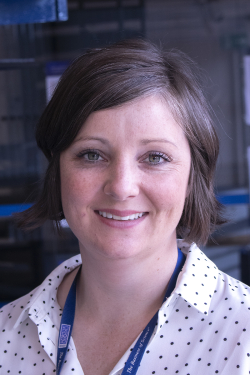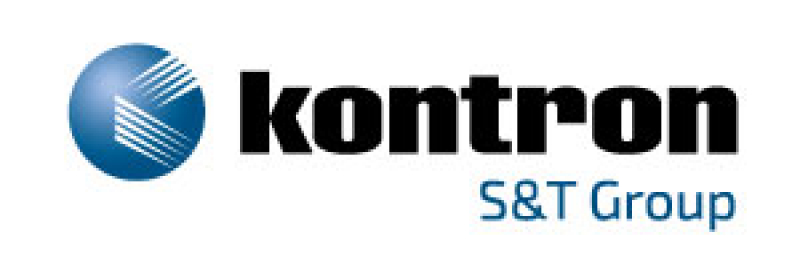| Thursday, November 17, 2022 | |
Innovation Showcase |
|
| 15:00 | The Role of Streaming Data in Smart Manufacturing: Methods, Applications, and Benefits |
Alan Weber, VP, New Product Innovations, Cimetrix Incorporated The Role of Streaming Data in Smart Manufacturing: Methods, Applications, and Benefits
Abstract Biography |
|
| 15:20 | Machine Learning Solving the Puzzle in Wafer Anomaly Detection |
Kalle Ylä-Jarkko, Senior Data Scientist, Elisa IndustrIQ Machine Learning Solving the Puzzle in Wafer Anomaly Detection
 Abstract Biography |
|
| 15:40 | A reliable manufacturing solution to enable normally-off recessed gate GaN MISHEMT by atomic layer etch and in-situ etch depth monitoring |
Aileen O'Mahony, Product Manager, Oxford Instruments Plasma Technology A reliable manufacturing solution to enable normally-off recessed gate GaN MISHEMT by atomic layer etch and in-situ etch depth monitoring
Abstract Biography |
|
| 16:00 | An Omnivariate Test Data Approach to Reliability Improvement for Aerospace and Automotive Applications |
Wes Smith, CEO, Galaxy Semiconductor An Omnivariate Test Data Approach to Reliability Improvement for Aerospace and Automotive Applications
 Abstract Biography |
|
| 16:20 | Feeding AI’s Demand for Data |
Tony Chan Carusone, Chief Technology Officer, Alphawave IP Feeding AI’s Demand for DataAbstract Biography |
|
| 16:40 | Sensor Integration Framework with Interface A |
Bert Mueller, Head of Business Unit System Integration, Kontron-AIS GmbH Sensor Integration Framework with Interface A
 Abstract Biography |
|